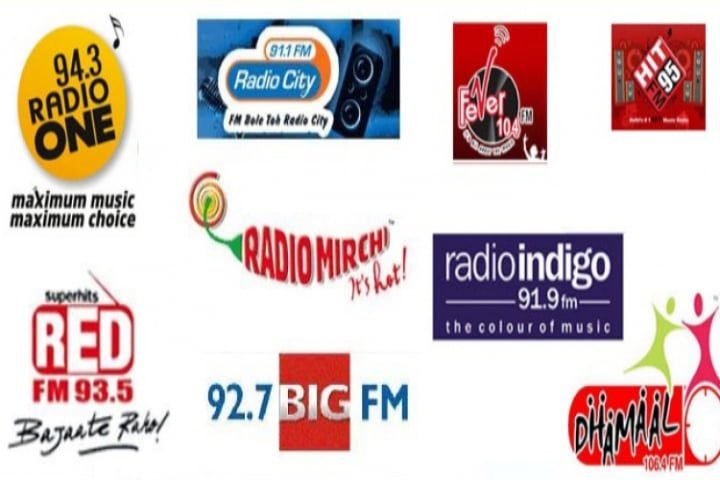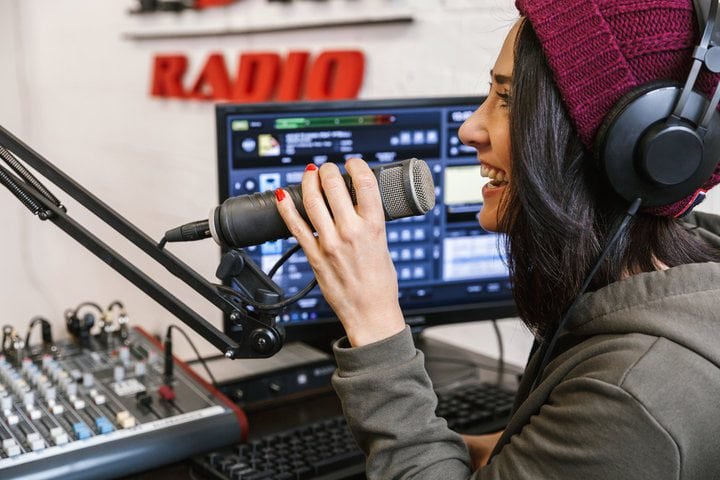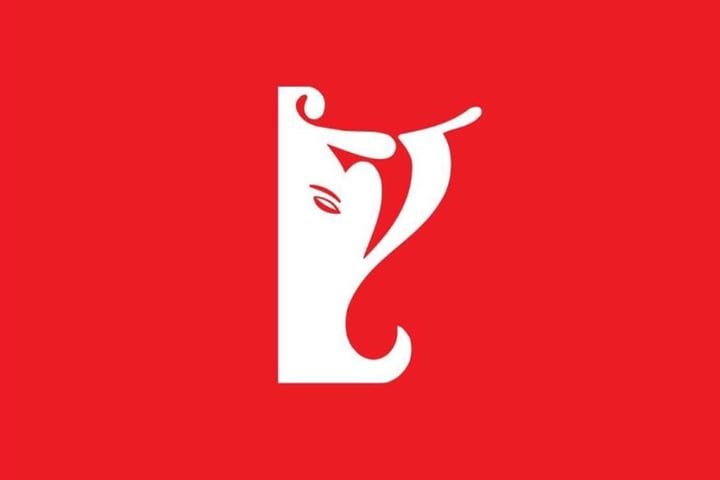Radio is widely recognized as a highly popular and cost-effective medium for mass communication, primarily because of its extensive reach, portability, low setup costs, and affordability. In India, radio broadcasting is accessible through two primary modes: Amplitude Modulation (AM) encompassing Short Wave and Medium Wave frequencies and Frequency Modulation (FM).
In This Article
History of FM Radio in India


A Broadcasting and Information Media committee was set up in 1964 under the chairmanship of A.K. Chanda, well known as the “Chanda Committee.” It gave its report in 1966. Based on its recommendation, television was delinked from radio, and the television setup was called Doordarshan in 1976.
Another important recommendation was for the starting of a commercial service on radio. It was started by Vividh Bharti in 1967. In 1969, a new channel, “Yuva Vani,” was started in Delhi. The sponsored programs on the commercial service were introduced in 1970.
FM broadcasts were introduced in Madras in 1977 and later in Jalandhar in 1992. FM broadcasts ensure reception free from atmospheric noise and electric interference. The AIR stations of Delhi, Bombay, Panaji, Banglore, Madras, and Calcutta started selling their FM slots to private producers such as Times FM, Radio Midday, and Radio Star.
On 15 August 1993, FM was launched in Bombay, with nine hours of radio time leased to private producers.
The broadcast in most cities is oriented to the urban youth population with Western music, sponsored hits, parades and countdowns, chat shows, contests, quizzes, and plays.
FM Radio in India is considered one of the popular mediums to provide entertainment, information, and education. Because of this, the Government of India, during the Ninth Five-Year Plan (1997-2002), adopted a policy for improving a variety of radio broadcasting content and quality that allowed private sector Indian companies to set up private FM radio stations in a phased manner.
Private FM Radio in India


The first phase of FM radio broadcasting (Phase-I) was launched by the Ministry of Information and Broadcasting (MIB) in 1999 in the FM spectrum band (88 – 108 MHz). During the Phase-I auction, 21 channels became operational.
The Government announced the policy for Phase II of FM Radio Broadcasting on 13th July 2005. In Phase II, 222 channels became operational, including the 21 operational channels of Phase I. In total, 243 FM Radio channels became operational in 86 cities in Phase II.
FM radio broadcasting serves as the sole accessible source of news and entertainment for individuals who are economically disadvantaged and marginalized. Therefore, to expand the reach of FM Radio broadcasting in the country, in July 2011, the Government embarked upon Phase III to enable the setting up of private FM Radio channels in all cities with a population of more than 1 lakh with the validity of the license for 15 years.
Further, 11 other cities having a population of less than 1 lakh in the border areas of Jammu & Kashmir (J&K) and the North East (NE) region are also proposed to be included in the expansion.
A private FM radio broadcasting company permits an FDI limit of 26%.
As of 15 August 2022, 388 private FM Radio channels were operational in India.
Private FM Radio stations functioning in Delhi (UT) include HIT-FM (95 MHz), RED FM (93.5 MHz), RADIO MIRCHI (98.3 MHz), FEVER (104 MHz), RADIO NASHA (107.2 MHz), RADIO CITY (91.1 MHz), RADIO ONE (94.3 MHz), BIG FM (92.7 MHz), and ISHQ (104.8 MHz).
News and Current Affairs Programs on Private FM Channels in India


As per Phase III policy guidelines provisions, private FM radio broadcasters can carry All India Radio’s news bulletins in precisely the same format (without a single change). No other news and current affairs programs are permitted.
Private FM radio broadcasters in India request clearance for broadcasting news and current affairs as permitted for private television channels and the Internet.
Private operators point out the limited availability of television sets, electrical connections, and newspapers in rural areas as a significant reason to allow the news and current affairs-related programs to be broadcast through private FM channels.
There are no restrictions on disseminating news through radio broadcasting in the United States, United Kingdom, Canada, and Australia, provided that certain rules are adhered to.
News reporting, regardless of its medium, requires an obligation to accurate representation and the distribution of information in an impartial manner. Misleading information and news distortion are subject to regulatory constraints.
The program code of conduct, as applicable to All India Radio for news content, may also be applied to Private FM Radio channels. However, the Government has yet to take a call regarding this.
In a consultation paper released in September 2023, The Telecom Regulatory Authority of India (TRAI) recommended permitting private FM Radio channels to broadcast independent news bulletins.
FM Radio Receivers in Mobile Handsets


Radio set receivers were commonly used for listening to FM Radio channels in the past. Due to technological advancements, integrating FM radio receivers with mobile handsets has eliminated the necessity for separate radio receivers.
It has facilitated the growth of the audience base for FM radio stations, contributing to the overall expansion of the FM radio industry. According to stakeholders, it has been suggested that device manufacturers and operating systems (such as iOS and Android) are allegedly disabling FM tuners in 4G handsets to promote their own paid music streaming services.
When disasters like floods, tsunamis, earthquakes, and storms happen, they can disrupt mobile networks. Mobile tower sites could also be forced to close during disasters when the power goes out.
Sudden rises in the number of calls can make mobile networks congested and unable to connect people. Mobile networks often don’t work during crises, making communicating difficult.
Local FM radio stations are a safe way for people to contact each other during emergencies or disasters. FM radio is one of the most reliable services that anyone can use. Private FM radio services have helped people worldwide contact each other at critical times.
Therefore, the Telecom Regulatory Authority of India (TRAI) has recommended that the functions related to FM radio should be kept enabled and operational on all mobile devices with the required hardware. Including a built-in FM radio receiver in mobile handsets should not be subject to intentional or unintentional disabling or deactivation.




